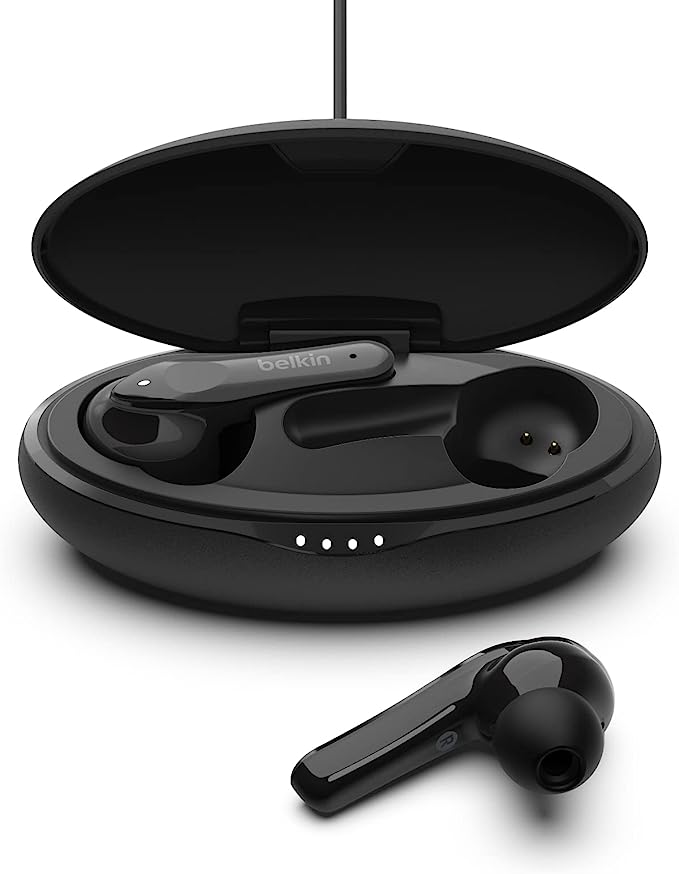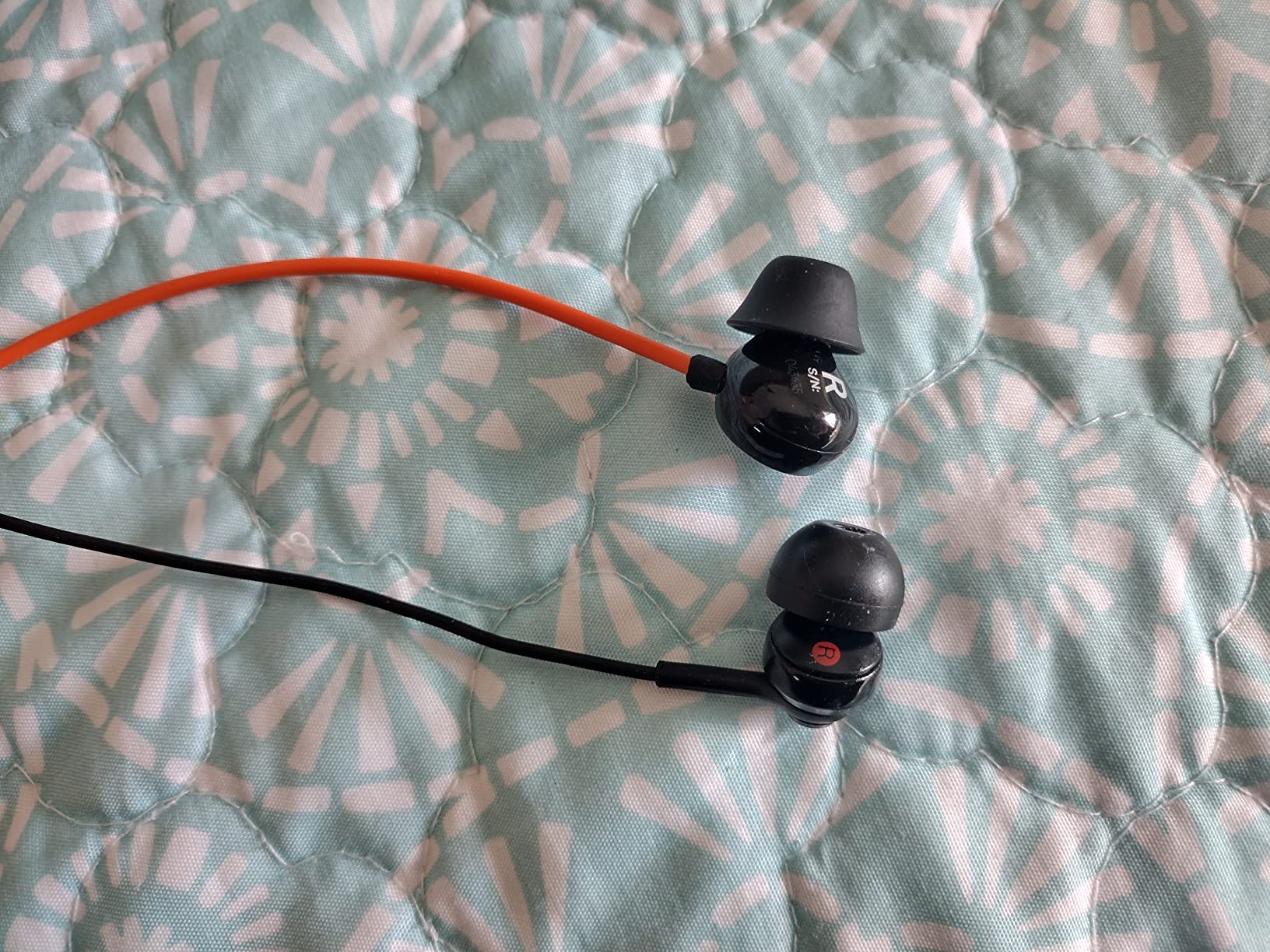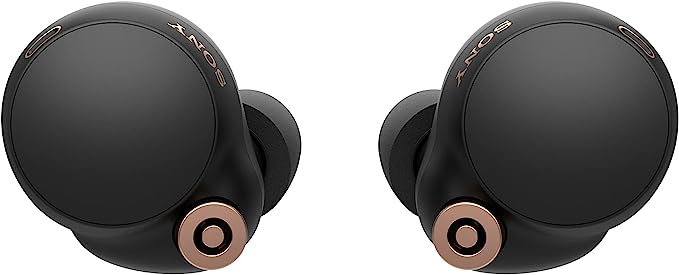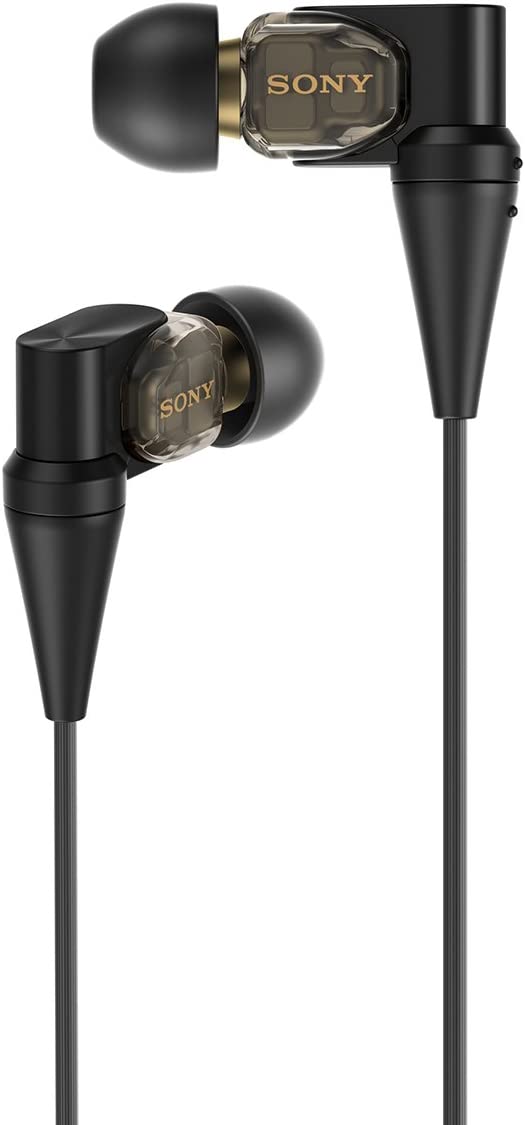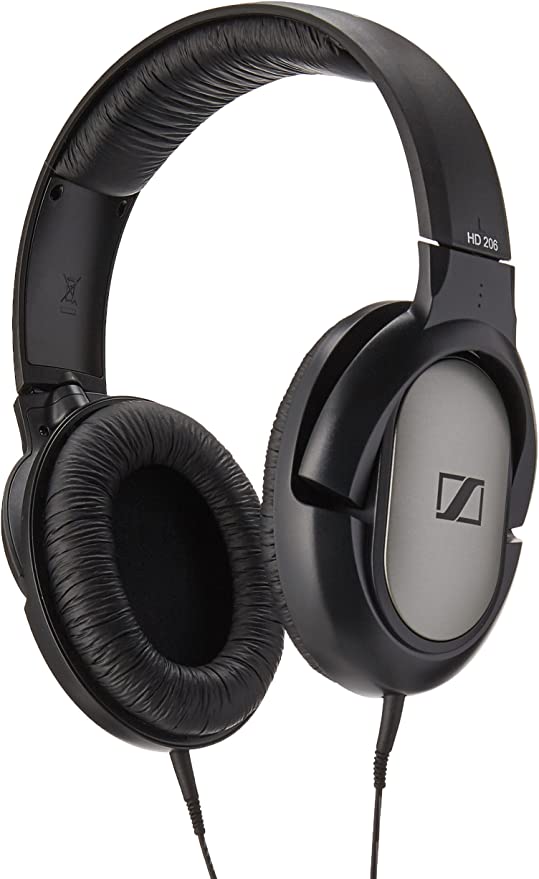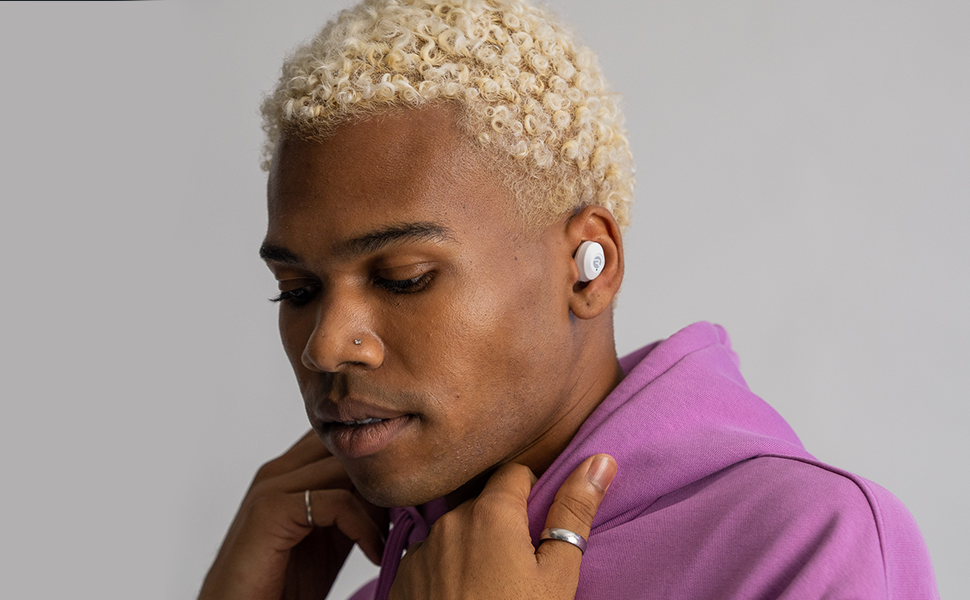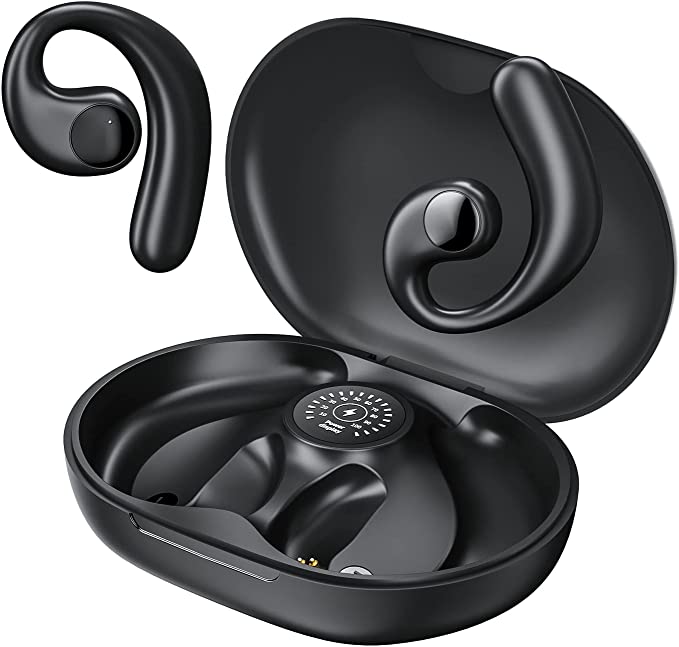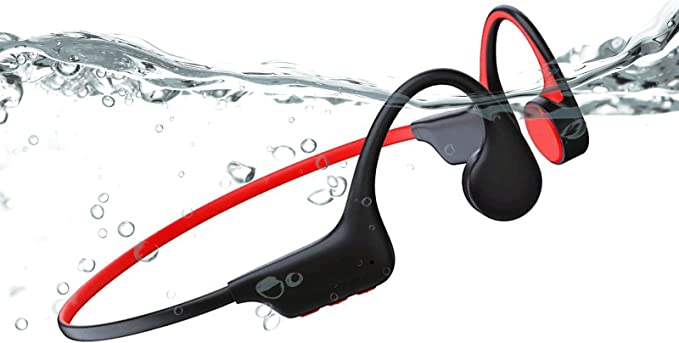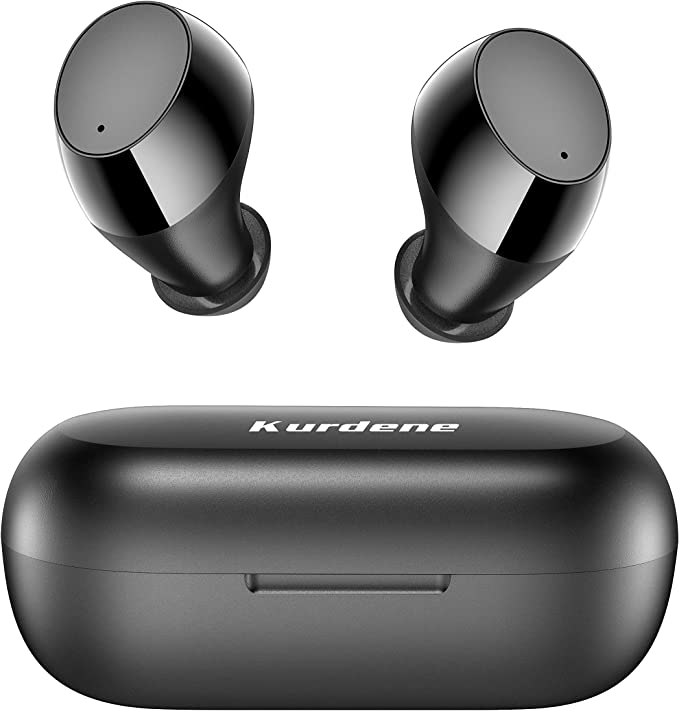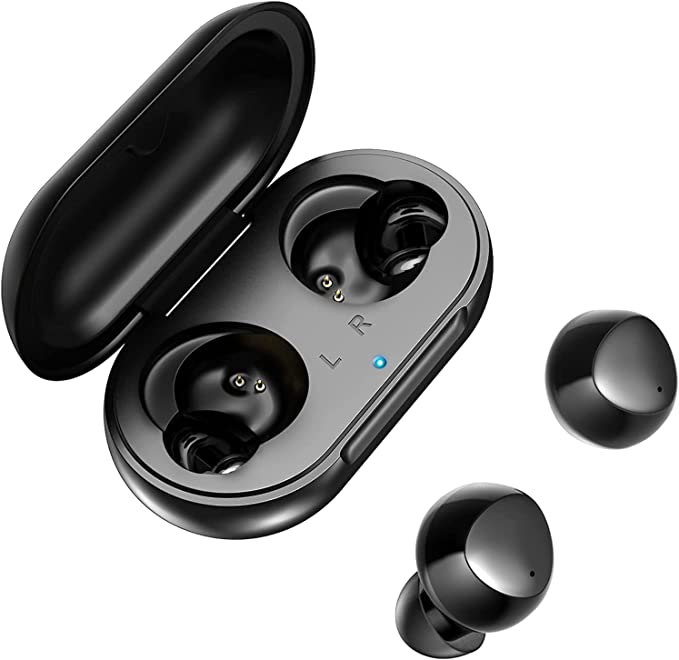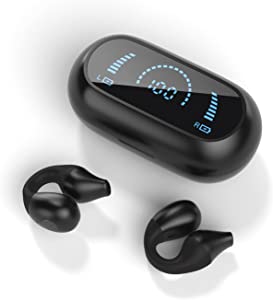SUMEE D-422 Over-Ear Wireless Headphones: The Budget-Friendly Headphones That Pack a Punch
Update on July 24, 2025, 3:30 p.m.
There’s a universal ritual in the modern world: the simple act of putting on a pair of headphones. In that moment, the chaotic symphony of public transit, office chatter, or the clanking weights of a gym fades, replaced by a curated world of our own choosing. We rarely consider the marvel of engineering and scientific history that makes this personal escape possible. We see a price tag, a brand, and perhaps a star rating. But what if we saw something more?
Let’s take an object so common it’s almost invisible: a budget-friendly pair of over-ear headphones, like the SUMEE D-422. For under twenty-five dollars, it promises wireless freedom, stereo sound, and a comfortable fit. It would be easy to review it, to weigh its pros and cons, and assign it a score. But that would be a missed opportunity. Instead, we’re going to treat these headphones not as a product to be judged, but as a fascinating artifact to be deconstructed. This is not a buyer’s guide. It is an expedition into the unseen world of acoustics, engineering, and history packed inside one of the most accessible pieces of technology we own.

The Architecture of Silence: Crafting Your Personal Soundscape
Before any music plays, a headphone’s first job is to contend with the sound that’s already there. This brings us to one of the most misunderstood terms in audio: noise cancellation. The SUMEE D-422’s product page presents a classic and instructive contradiction, mentioning both “Passive Noise Cancelling” and “Active Noise Cancellation.” This is the perfect place to start our journey, as these are two fundamentally different philosophies of silence.
Active Noise Cancellation (ANC) is a sophisticated electronic trick. It uses microphones to capture ambient sound—particularly low-frequency drones like the hum of an airplane cabin—and then generates an inverted sound wave to computationally erase it. It’s an elegant but power-hungry solution.
The D-422, however, relies almost entirely on a much older and more physical principle: Passive Noise Isolation. Think of it not as erasing sound, but as building a wall against it. This concept is as old as cupping your hands over your ears. The effectiveness of this “wall” is dictated by physics. High-frequency sounds, like human speech or the click of a keyboard, travel in short, choppy waves that are easily blocked by physical mass. Low-frequency sounds, like the rumble of a bus, have long, powerful waves that can more easily travel through or around objects.
This is where the D-422’s over-ear design becomes critical. The plush earcups, made of a synthetic material often called “protein leather” (a form of polyurethane), are designed to create a firm yet comfortable seal around the entire ear. This seal is the first line of defense, a physical barrier that reflects and absorbs those intrusive high-frequency waves. The principle is a direct descendant of the bulky headsets worn by early pilots to drown out the deafening roar of propeller engines, long before electronics came into play. So when a user reports that with music playing they “heard absolutely nothing,” they aren’t experiencing a digital miracle; they’re experiencing the tangible result of well-applied acoustic physics.

The Heart of the Beat: A Century-Old Engine for Your Ears
Once a quiet space is established, the magic truly begins: turning silent electrical signals into soaring music. At the core of almost every headphone like the D-422 is a technology that is nearly a century old yet remains astonishingly effective: the dynamic driver.
First patented in 1925 by Chester W. Rice and Edward W. Kellogg at General Electric, the dynamic (or moving-coil) driver is a marvel of elegant simplicity. Imagine a tiny, powerful engine. An electrical current carrying the audio signal flows into a finely wound voice coil. This coil is attached to a thin, lightweight cone called a diaphragm and is suspended within the magnetic field of a permanent magnet. As the electrical current fluctuates with the rhythm and pitch of the music, it generates a changing magnetic field in the coil. This field pushes and pulls against the permanent magnet, causing the diaphragm to vibrate with incredible speed and precision. These vibrations push the air, creating the pressure waves that our eardrums interpret as sound.
The goal of this tiny engine is to faithfully reproduce the entire range of human hearing, generally accepted as 20 Hertz (the lowest, rumbling bass) to 20,000 Hertz (the highest, piercing treble). When a user describes the sound of these budget headphones as “crisp and clean,” it’s a testament to how well this century-old principle has been refined. It means the diaphragm is moving accurately, without wobbling or distorting, across that vast frequency range. It may not have the nuanced texture of a driver costing hundreds of dollars, but the fundamental science—the conversion of electromagnetism into acoustic energy—is executed with enough precision to deliver a genuinely enjoyable listening experience.

The Invisible Leash: A Viking King and the Freedom of Wireless Sound
The ability to enjoy this sound without a physical tether is a modern luxury, enabled by the technology known as Bluetooth. Its name is a fascinating piece of tech history, borrowed from Harald “Bluetooth” Gormsson, a 10th-century Viking king famed for uniting the disparate tribes of Denmark and Norway. The name was chosen in the 1990s to symbolize the technology’s goal: uniting different communication protocols and devices under one universal standard.
Like the noise cancellation data, the D-422’s product page presents another conflict: it claims “V5.0” in the title but also mentions “4.2” in the specifications. This provides another perfect learning moment. These numbers aren’t just marketing; they represent significant generational leaps. Bluetooth 5.0, compared to its predecessor 4.2, offers tangible benefits: roughly double the speed, four times the range, and a much more efficient use of energy. That last point is crucial for wireless headphones, as it directly translates to longer battery life between charges. The claim of up to 20 hours of music time is far more plausible with the power-sipping architecture of Bluetooth 5.0.
Yet, even with this wireless freedom, the D-422 retains a vital lifeline to the past: the humble 3.5mm audio jack. This connector, a direct descendant of the quarter-inch jacks used in telephone switchboards over a century ago, offers two key advantages. First, it requires no battery power. Second, it provides a direct, uncompressed, near-instantaneous connection. For gaming, where even a millisecond of audio lag (latency) can make a difference, or for plugging into an in-flight entertainment system, this wired option is an invaluable and timeless backup.

The Art of the Possible: Engineering on a Budget
This brings us to the final, and perhaps most impressive, piece of the puzzle: how is all this technology delivered for such a low price? The answer lies in a discipline known as Value Engineering. This isn’t about being “cheap”; it’s about making intelligent, deliberate compromises to achieve a target function at the lowest possible cost. The SUMEE D-422 is a masterclass in this philosophy.
Consider the materials. The main housing is plastic, which is lightweight, easy to manufacture on a massive scale via injection molding, and an effective acoustic insulator. A user’s comment that they “feel like kids dollar store headphones” speaks to the tactile trade-off of this choice. Yet, inside the adjustable headband lies a strip of stainless steel. This isn’t for show; it’s a critical structural component providing the clamping force and durability that plastic alone cannot. The protein leather on the earcups is another calculated choice—a polyurethane fabric that provides a good acoustic seal and reasonable comfort at a fraction of the cost and maintenance of real leather.
Every element is a decision. The manufacturer has prioritized the performance of the audio drivers and the inclusion of modern Bluetooth over a premium feel or rugged, drop-proof construction. They have engineered not for perfection, but for function. They have focused resources on the elements that most directly impact the core listening experience, creating a product that is, by design, greater than the sum of its inexpensive parts.

Conclusion: The Empowered Listener
In the end, the SUMEE D-422 is much more than a budget headphone. It is a pocket-sized museum of scientific achievement. It contains the acoustic principles of a concert hall, the electromagnetic engine of a 1920s laboratory, the unifying spirit of a Viking king, and the shrewd pragmatism of a modern engineer.

By taking the time to look inside, to understand the “how” and the “why,” we transform ourselves. We move from being passive consumers to empowered listeners. We begin to appreciate the immense ingenuity embedded in the everyday objects that shape our lives. And perhaps, the next time you put on your headphones to silence the world, you’ll hear not just the music, but also the quiet, brilliant hum of the science that makes it all possible.
